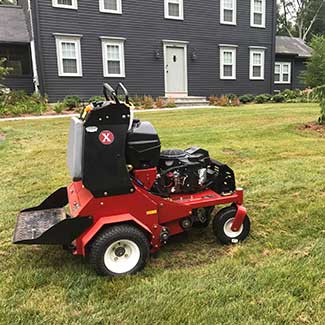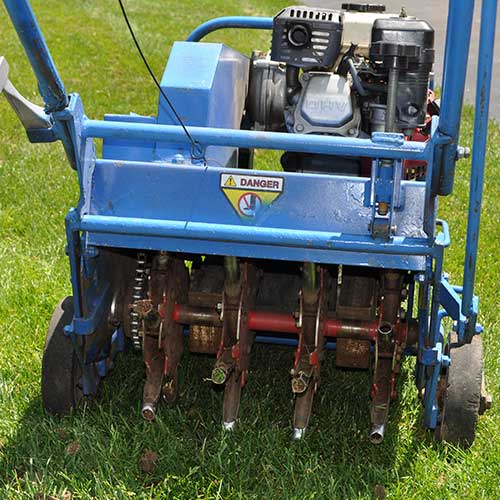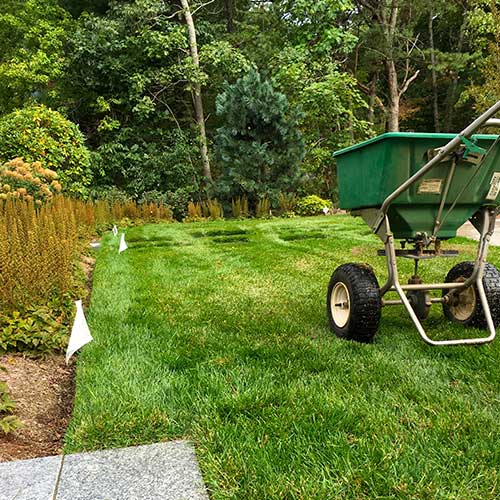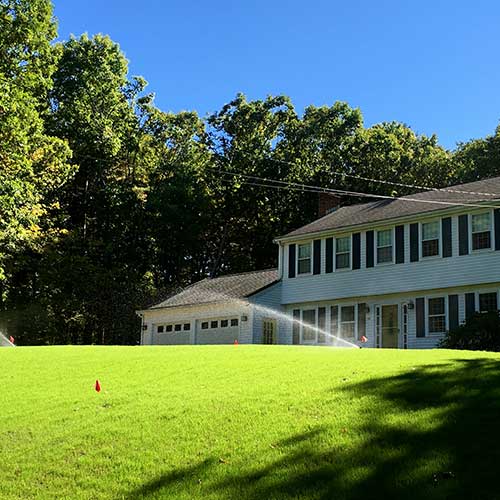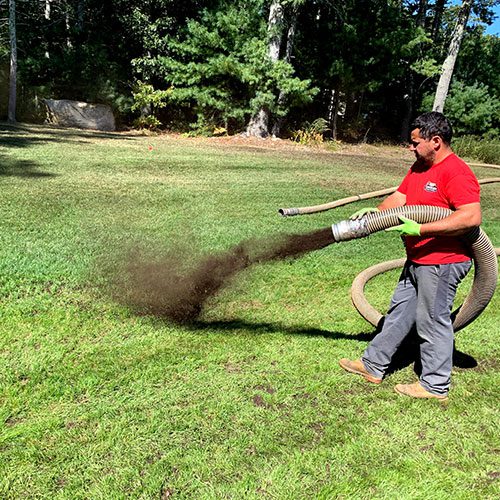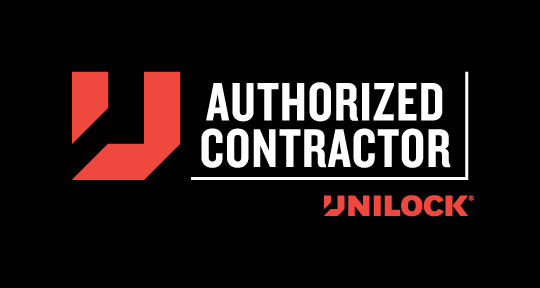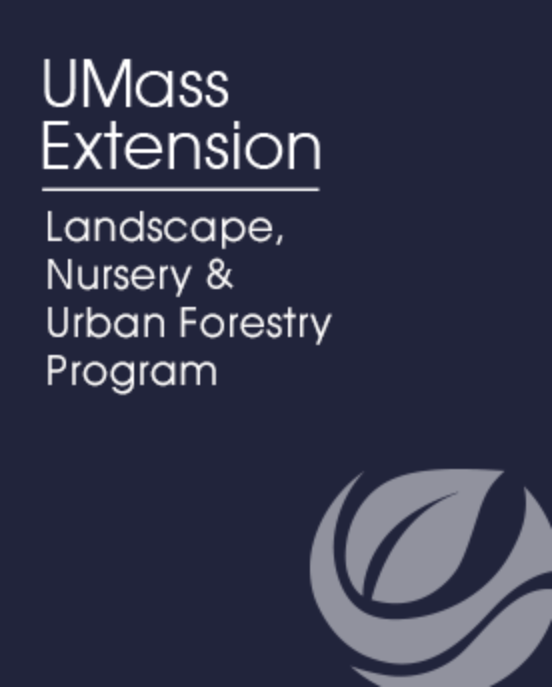Lawn Aeration In Wellesley, Natick, Weston, Wayland, MA and more
Looking for help with Lawn Aeration & Overseeding?
Are you a Homeowner? Business Owner? Property Manager? Or maybe someone just looking for more information on lawn aeration?
You’re in the right place…
DO YOU HAVE THESE PROBLEMS:
- Does your lawn frequently appear under stress?
- Does your soil feel hard or compacted?
- Does rainwater accumulate in areas where it was previously absorbed?
MF Landscape & Design’s lawn aeration & overseeding services have helped thousands of homeowners, business owners, property managers, and other individuals in Wellesley, Natick, Weston, Wayland, and the surrounding communities. After some research, we’re confident you’ll find us to be the right landscape company to handle your lawn aeration.
Why Choose
MF Landscape & Design for Lawn Aeration & Overseeding in Wellesley, Natick, Weston, Wayland, MA, and the Surrounding Towns?
In short… Because we have a reputation for quality work at a fair price. Our customer service is second to none. Our team is always responsive, courteous, friendly, and respectful.
At MF Landscape and Design, we do it all! From conception through to completion, we handle every aspect of design, construction, planting, and maintenance. This integrated approach reduces project time and money by streamlining each phase of implementation and eliminating the delays that often plague sub-contracted projects.
With MF Landscape & Design, you’ll receive:
- Quality workmanship that is guaranteed to last
- Work from licensed professionals who are honest and hardworking
- Dependable service that is completed on time and on budget
- Financing options to help fund your yard and garden projects
- Free estimates and a fully insured crew
To review the creativity of our design and the quality of our craftsmanship, simply take a look at our Photo Gallery. Our decades worth of landscaping projects speak for themselves! From custom landscape designs to planting projects, patios, stonework, and more — You can trust your yard or business property to our team of experts.
Benefits of
Lawn Aeration:
Improves turf health
Relieves soil compaction
Reduced water runoff and puddling
Benefits pH modification
Prepares grass for winter dormancy/spring green
See Also:
- Property Maintenance
- Spring / Fall Clean-Up
- Mulching / Edging
- Lawn Mowing
- Tree / Shrub Care
- Landscape Design
- Plantings
- Lawn Aeration
- Lawn Installation
- Fertilizer
- Mosquito & Tick Spraying
- Bi-Mix Compost Blowing
- Landscape Construction
- Landscape Design
- Site Work Contractor
- Patios, Walkways, Pool Deck Design, Fire pits, Outdoor Kitchens, Retaining Walls, And More
Unlocking the Potential of Your Lawn: The Essential Role of Lawn Aeration in Optimal Grass Growth and Health
Aeration is a process that involves creating small holes in the soil to facilitate better air circulation, along with improved water and nutrient absorption for grass roots. This process helps to replace stale carbon dioxide within the soil with fresh oxygen. If your lawn requires high maintenance, aeration can also help to break through the thatch layer – an intermingled layer of dead and living stems, roots, and leaves that forms between the growing grass layer and the soil underneath.
The need for lawn aeration arises primarily due to the natural compactness of some soils, which results from an abundance of solid soil particles within a confined space. This compaction can impede the roots’ access to vital nutrients, air, and water. Lawn aeration works to separate these particles, thereby alleviating the issue.
However, it’s important to dispel a common myth related to aeration: it is not a method for preventing weed growth. While aeration can certainly enhance the health and robustness of your lawn, it doesn’t inherently deter weeds.
Remember, proper lawn care is a multifaceted endeavor that may require different approaches depending on your lawn’s specific needs. If aeration is one such need, it can significantly contribute to the overall health and appearance of your lawn.
Best Time For Lawn Aeration & Overseeding:
Spring, Fall
★★★★★
Top-Rated Landscaper
Focused On Customer Service And Delivering Quality
Residential & Commercial
Year-Round Landscape Maintenance
Maximizing Lawn Health in Massachusetts: When and How Often to Aerate for Optimal Growth
In Massachusetts, the ideal time to aerate your lawn is either in the fall or spring, when the soil is usually naturally moist and conducive for effective aeration. The spring season is particularly advantageous, as it aligns with the growing season for grass, providing it with an opportunity to heal post-aeration. However, keep in mind that Massachusetts’ weather can be quite variable, and aeration is highly dependent on conditions. If the soil is excessively wet, the holes created during aeration may not effectively allow water and air through, as the sides of the holes could seal up.
The frequency of lawn aeration is largely determined by the specific needs of your lawn. Newer lawns, with less mature root systems, can benefit from more frequent aeration as it encourages root development and growth. For these non-established lawns, we recommend aerating twice a year.
Lawns with hard or clay soil should ideally be aerated once a year, due to the inherent difficulty these soil types present for root access to air and water. For all other soil types, aeration should be carried out at least every three years. However, if the grass appears unhealthy or is not growing well, more frequent aeration might be necessary.
Remember, lawn care is not a one-size-fits-all matter. Each lawn has unique needs and characteristics, and understanding these can help you provide the most effective care for your lawn.
When Should I Aerate And When Should I Dethatch?
Aerate
Aeration can prevent a lawn from becoming compacted, and when this happens soil particles do not allow proper nutrients to reach plant roots. You’ll know your lawn needs to be aerated if the soil is compacted. To test this, push a screwdriver into the ground. Can you do it easily, or is the surface too hard?
We recommend that you aerate your lawn on an annual basis, in the spring or fall.
Dethatch
It’s important to choose the right time of year to dethatch, depending upon the type of grass you have and your climate.
Dethatching is tough on a lawn, so do it when the lawn will have the best chance to recover. Don’t dethatch if you’re in a drought or a heat wave. Ideally, there should be about 45 days of good growing conditions after you dethatch so the grass will recover without weeds taking over. Generally, late spring and early fall are the best times, but a lot depends upon your grass and whether it grows during warm or cool weather.
Talk To A Landscaping Expert
We recognize that at times, you may prefer to discuss your needs before booking a consultation. Our team is more than happy to address any questions or concerns you may have, ensuring you feel confident moving forward with us.
Call (978) 707-6006 now!
Core Vs. Liquid Aeration?
Core Aeration
Grassroots need oxygen to function and in our heavy clay soils here in Massachusetts, getting enough oxygen to the roots can sometimes be difficult. With core aeration, we poke holes into your soil and pull the cores out. Aeration helps lawns with thatch problems. It loosens the soil to let nutrients work better; plus, it helps your lawn make the best use of watering because an aerated lawn will retain more water with less runoff.
You do not want to aerate in the summer, though. It is best to wait until the cooler weather (spring/fall) arrives and the soil is a bit moister.
Liquid Aeration
Take the battle against thatch a step further and what you get is liquid aeration. As the name suggests, this is a liquid application that can be as effective as or even more than a traditional physical aeration.
There are some liquid aeration type products on the market. We are always testing and using new materials, but the basics are they contain a few main ingredients. First, they contain some sort of wetting agent to get the materials down into the soil. A wetting agent can be made from natural materials like the yucca plant, or from a more synthetic soap-like material. Either is probably fine. Secondly, the product should contain food for microbial life, typically humates and maybe kelp. Finally, a good liquid aeration product should contain enzymes or bacteria that are specifically designed to break down thatch. Sometimes the thatch decomposition product is in a separate package and requires its own application.
Testimonials From Happy Customers
Revitalizing Your Lawn: The Essential Role of Composting, Thatching, Aerating, and Seeding in Achieving a Lush, Green Landscape
Composting is a crucial aspect of lawn care as it can rapidly rejuvenate your lawn. After processes like dethatching, aerating, and seeding, the introduction of compost ensures that the nutrient-rich mix penetrates deeply into the soil, fostering a lush and healthy lawn. Our practice of laying several inches of compost atop newly seeded, aerated, and dethatched areas, followed by thorough watering, has proven highly successful. Composting your newly seeded lawn helps retain moisture throughout the early season, producing vibrant green grass that’s sure to garner compliments.
Moreover, composting is an excellent, natural method for suppressing weed growth. By competing with the newly placed seeds, compost can inhibit weed proliferation. But the benefits of compost extend far beyond weed suppression. Composting enriches your lawn with a thicker, greener appearance and replenishes the soil’s pH nutrients that may have been leached out during winter. It reintroduces essential nutrients like nitrogen, phosphorus, potassium, calcium, and more.
The high organic matter content of compost means it’s teeming with organisms, including earthworms, which play a pivotal role in aerating your soil’s top layer. These organisms, through their excretions, release copious amounts of nutrients back into the ground, making them available once again for plant life. Composting, therefore, is not only beneficial but essential for a healthy, thriving lawn.
